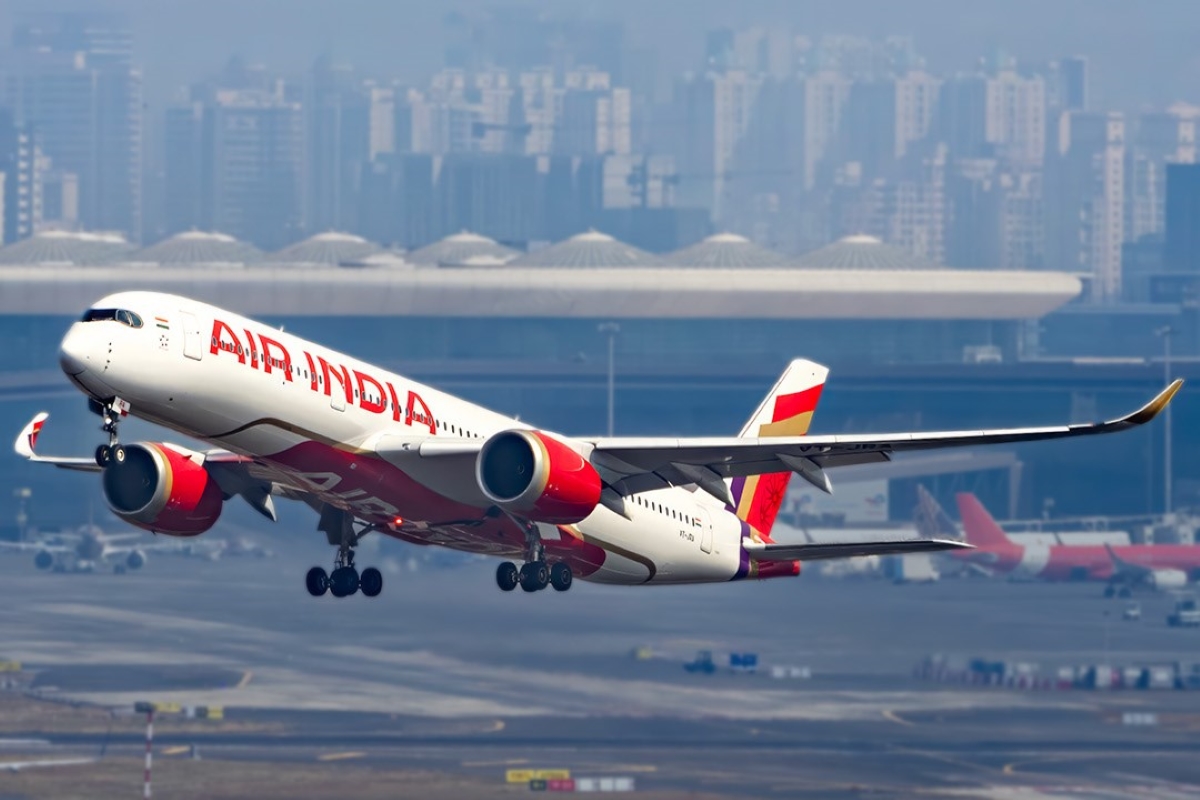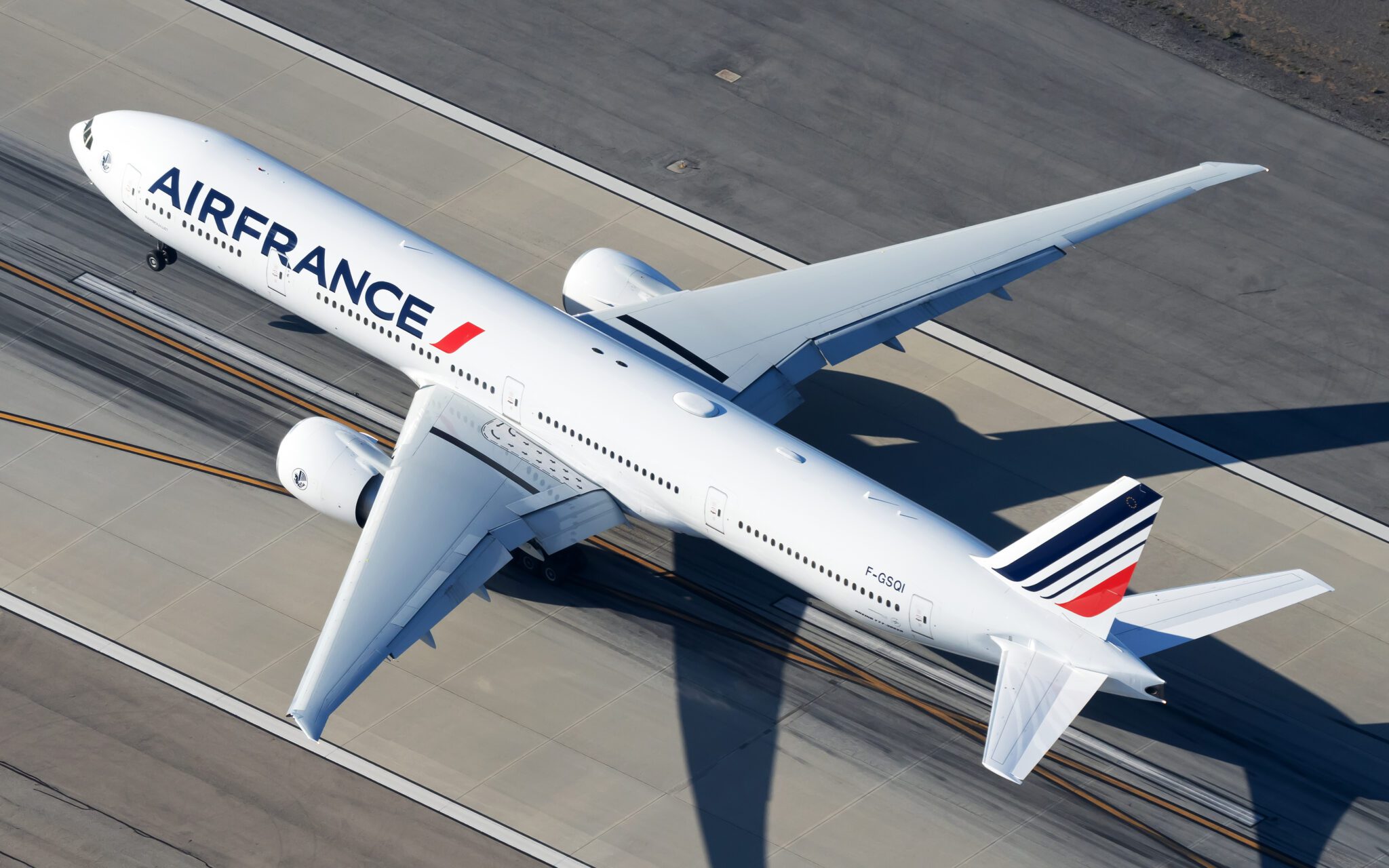Qantas cancels $8.5 billion order for Boeing Dreamliner jets after first loss in 17 years
Skift Take
Troubled Australian airline Qantas announced Wednesday that it has canceled firm orders for 35 Boeing 787-9 Dreamliners.
Those jets are worth $8.5 billion at list prices, though according to market data provided by aircraft-valuation firm Avitas their true value after typical discounts is about $4.6 billion.
The Qantas announcement followed its disclosure of a $256 million loss for the year ended June 30.
Qantas softened the blow to Boeing by stating that it will retain, and bring forward by two years, purchase rights and options for 50 787-9s.
If those purchase rights are converted later into firm orders, they would start delivery in 2016.
But even then, that would be a two-year delay compared to the previously planned first delivery of the 787-9 to Qantas.
“The B787 is an excellent aircraft and remains an important part of our future,” Qantas Chief Executive
Alan Joyce said in a statement. “However, circumstances have changed significantly since our order several years ago.”
The airline still has an order for 15 of the original Dreamliner model, the 787-8, on its books. Joyce said those jets will begin delivery in the second half of next year and will be operated by Qantas subsidiary Jetstar for intra-Asia regional air travel.
The larger 787-9s are intended for long-range, international Qantas flights. Joyce’s restructuring strategy calls for big reductions in near-term spending on the long-haul fleet. In May, Qantas deferred delivery of two giant Airbus A380 jets by three and four years.
Reporting from a Qantas news conference in Australia, aviation journalist Ben Sandilands said on his “Plane Talking” blog that the 787-9 contract with Boeing now provides an option to buy the jets for a fixed price for delivery on a set date, but with no commitments.
Sandilands reported that “Joyce described this as a perfect arrangement for the international airline, in that it could take all or none of the undelivered jets in the future.”
(c)2012 The Seattle Times. Distributed by MCT Information Services/ ![]()




